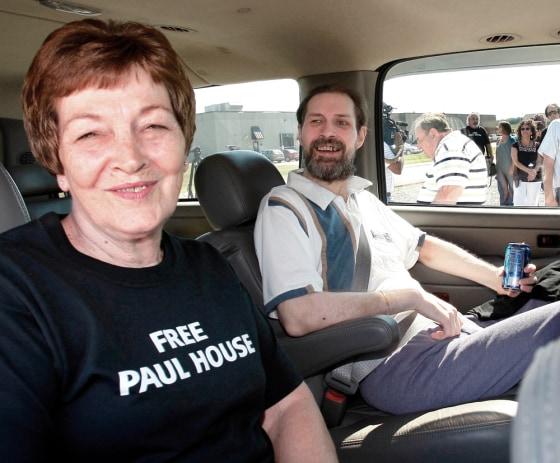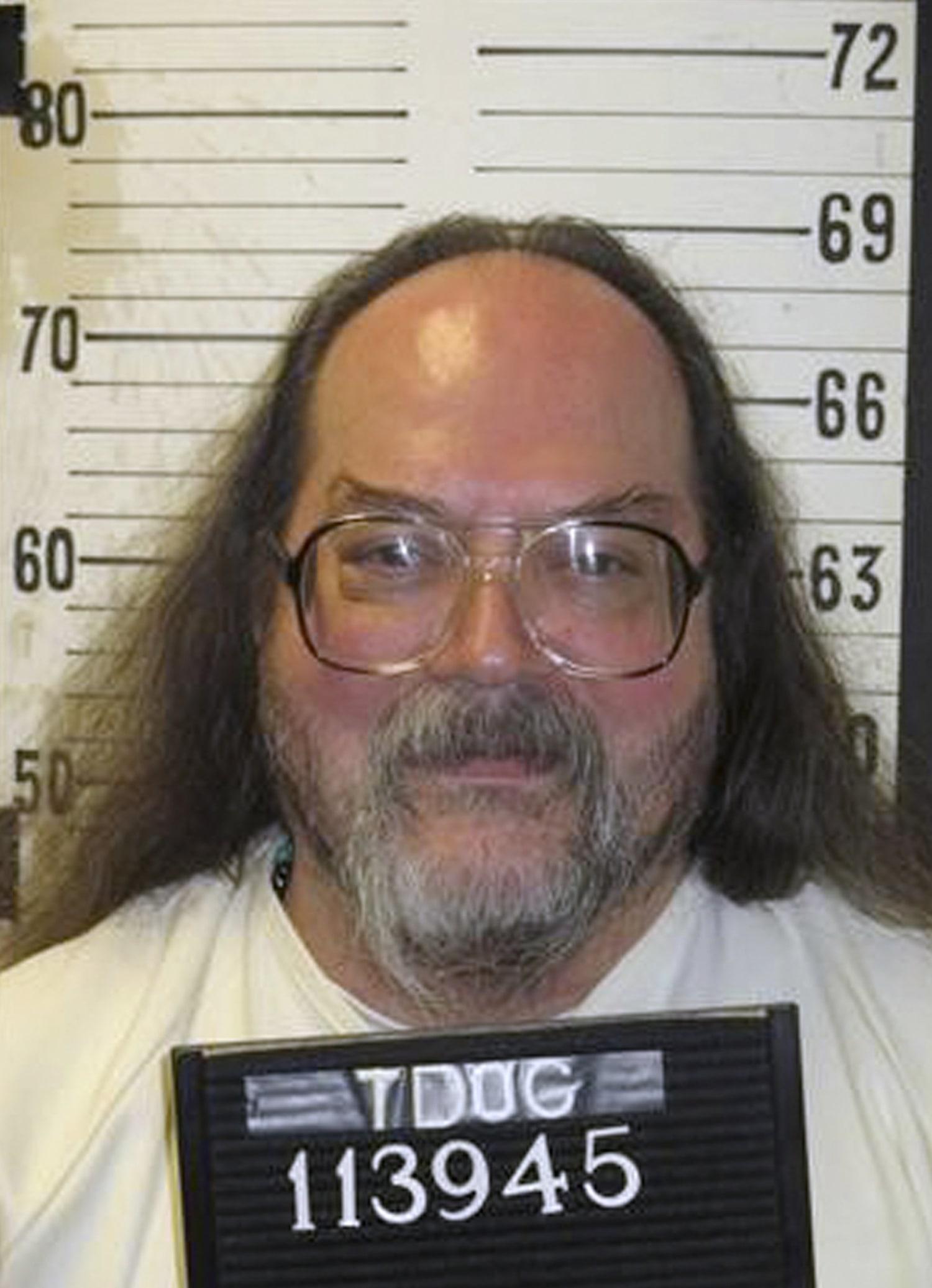In the shadowy corridors of justice, where hope often fades like whispers in concrete walls, Paul House’s story emerged as a haunting testament to resilience and the fragile nature of legal redemption. A man who spent twenty years facing the ultimate punishment for a crime he did not commit, House became a symbol of the complex, sometimes merciless machinery of the American criminal justice system. His journey from condemned prisoner to exonerated survivor was a narrative that challenged assumptions, exposed systemic flaws, and ultimately underscored the profound human capacity to endure. Now, with his recent passing, his life serves as both an epilogue and a stark reminder of the delicate boundary between innocence and condemnation. Paul House’s journey from condemned prisoner to symbol of wrongful conviction has come to an end. The Tennessee native, whose case became a landmark example of judicial error, passed away after years of fighting to reclaim his life following two decades of incarceration.Convicted in 1986 for the murder of Carolyn Muncey in Union County, House maintained his innocence throughout his prolonged legal battle. DNA evidence and subsequent investigations would ultimately reveal significant doubts about his original conviction, exposing critical flaws in the prosecution’s case.
The Supreme Court’s 2006 decision became a turning point, acknowledging considerable evidence suggesting House’s potential innocence. This watershed moment led to his release after spending 22 grueling years on death row, a period marked by persistent legal challenges and unwavering determination.House’s story highlighted systemic weaknesses within the criminal justice system, drawing national attention to potential wrongful convictions. His case became a powerful narrative about prosecutorial misconduct and the complex challenges faced by individuals wrongfully imprisoned.
Living with multiple sclerosis during his incarceration, House endured significant physical and emotional challenges. His health deteriorated substantially during his time on death row, adding another layer of complexity to his already challenging journey.
Advocacy groups and legal professionals championed his cause, utilizing scientific evidence and witness testimonies to challenge the original conviction.Their persistent efforts ultimately exposed critical inconsistencies in the original prosecution’s narrative.
House’s release represented more than personal vindication; it symbolized a broader critique of capital punishment and the potential for systemic errors within the judicial process. His experience became a compelling argument for more rigorous legal standards and thorough review mechanisms.
After his exoneration, House struggled to reintegrate into society, carrying the psychological scars of decades of wrongful imprisonment. His story resonated with many who saw him as a testament to resilience and the importance of continued legal scrutiny.
The legacy of Paul House extends beyond his personal experience, serving as a critical reminder of the potential for judicial mistakes and the profound human cost of such errors. His journey challenged prevailing assumptions about criminal justice and highlighted the critical need for ongoing legal reform.
As news of his passing spreads, House will be remembered not just as a victim of a flawed system, but as a symbol of perseverance and the ongoing fight for justice in an imperfect legal landscape.







